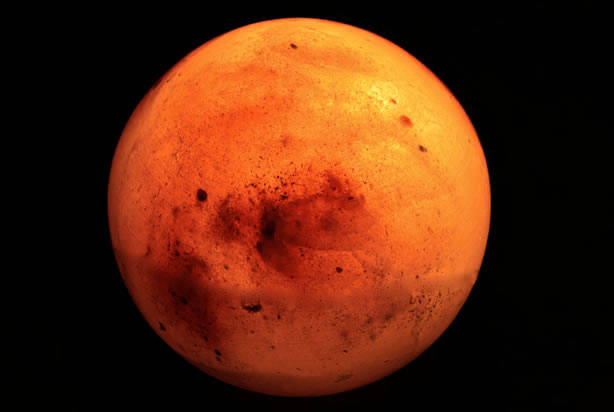A piece of the Pilbara set to land on Mars
Associate Professor Patrice Rey, School of Geosciences at the University of Sydney joins Luke Grant regarding the small piece of Australia that will arrive on Mars with the NASA Perseverance rover, scheduled to land at the Jezero crater today.
Chiselled from the Australian outback, a bit of desert rock is on board to help the rover look for signs of early microbial life in ancient rocks on Mars.
The sample was provided by Luke’s guest Professor Rey, who excavated a small piece of the Pilbara in Western Australia five years ago, sent it overseas to colleagues – then forgot about it – only to be informed last year it was headed to Mars.
That bit of Australia is geologically similar to the area being explored by Perseverance and is now on board the rover to assist in the hunt for evidence of early life Mars.
“Whether or not life once emerged on Mars is the focus of the NASA Perseverance Mission”, says Professor Rey.
“With seven mini-laboratories and the drone Ingenuity, it will scan, probe and analyse the surface and sub-surface of the red planet to search for life-related organic compounds and to prepare rock samples that will be brought back to Earth in a future mission.
“The target is the Jezero crater at the edge of the Isidi Basin. About three billion years ago, this crater hosted a lake in which water-borne sediments, eroded from Mars’ crust, were deposited before being blanketed by volcanic activity.
“This environment is considered similar to geological conditions on Earth 4.0 to 3.5 billion years ago, when microbial life was taking hold on our planet.”
Download this podcast here















